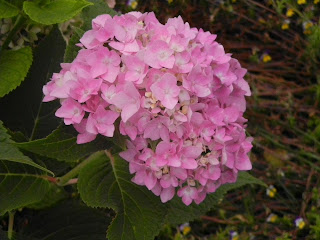Just a Reminder

Every spring I see crocuses, daffodils, tulips, hyacinths, and a host of other spring blooming bulbs and think, "I want more of those in my yard. I'll have to plant some next fall." Then fall comes and goes, and I forget to get it done--until the next spring when I see more crocuses, daffodils, tulips, and hyacinths. So if you're like me and love spring blooming bulbs but never seem to get them planted in the fall, consider this your reminder. IF YOU WANT THESE IN YOUR YARD NEXT SPRING, YOU HAVE TO PLANT THEM NOW!





.JPG)